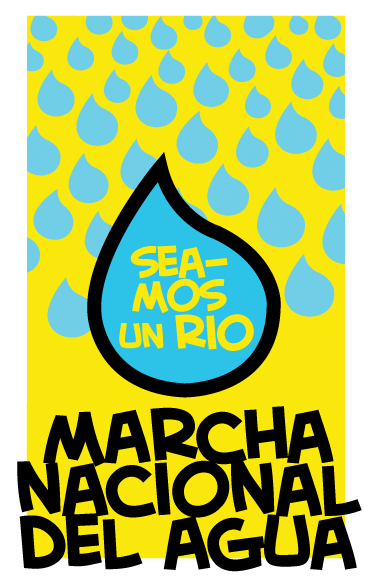
Cross Posted from The Toronto Star
The deep lines and dark, tanned skin of Segundo Huaman’s face tell of a life spent toiling in the fields.
A potato, maize and barley farmer in Cajamarca, one of Peru’s northernmost regions, the 37-year-old took a rare trip to the nation’s capital this month.
But instead of riding the bus, Huaman and thousands of other residents of the primarily rural areawalked the 870-kilometre route south to Lima over an 11-day period.
The National March for Water and Life, as their journey became known, was the latest salvo in a series of fierce protests against the proposed Conga mine, a $5 billion gold and copper project in the heart of Cajamarca.
The joint project between Denver-based Newmont Mining Corp. and Peru’s Buenaventura, if allowed to go ahead, would be the biggest-ever investment in a Peruvian mining operation. An expansion of the companies’ Yanacocha gold mine, also in Cajamarca, the project aims to help Newmont meet its goal of producing 7 million ounces of gold and 400 million pounds of copper by 2017.
The thousands of protesters who packed Lima’s downtown core called on the government of President Ollanta Humala to cancel the project over fears the mine’s tailing ponds and reservoirs would pollute local water supplies.
“We’re here because we don’t want foreigners taking our water,” Huaman said as he marched down a boulevard in central Lima, the trademark straw hat of a Cajamarca farmer perched atop his head. “It belongs to Peru.”
The presence of police in riot gear was a frightening reminder of the hostility protesters face from mining proponents. In December, Humala declared a 60-day state of emergency after a series of violent clashes between police and protesters in Cajamarca state. Attacks on the Conga site, a general strike and roadblocks had paralyzed the region.
Much of the anger stems from a perceived flip-flop by Humala, a former hard leftist who spoke out against foreign mining companies during last year’s election campaign and even hinted at the possible nationalization of the industry. Since taking office last summer, he has adopted the opposite stance.
Newmont spokesperson Omar Jabara said protection of local water sources is a priority, adding the company has no plans to begin mining operations until reservoirs are built to provide a year-round supply of water to the communities.
“Conga’s reservoirs would more than double the current water storage capacity of the four lagoons in question and would provide a reliable, year-round water supply to downstream users, something they don’t currently have as a result of the dry season,” Jabara said in an email.
The company says the project, slated to open in 2015, will create as many as 7,000 construction jobs and 1,600 operation jobs. It is expected to pay close to $3 billion in taxes over the next two decades.
Patricia Rojas, a spokesperson for CooperAccion, a Peruvian non-profit organization that promotes sustainable development, says residents’ fears are well founded because of the government’s history of institutional weakness in environmental oversight.
“The community doesn’t have the power to determine the future of its territories because local residents don’t have access to the decision-making process,” Rojas said in her Lima office. “So they are forced to march in the streets and face police to make themselves heard.”

Pingback: Peru Mining Protest Turns Deadly in Puerto Maldonado « Earth First! Newswire
Pingback: One Indigenous Among Three Killed in Peru’s March 14 Protests « Earth First! Newswire